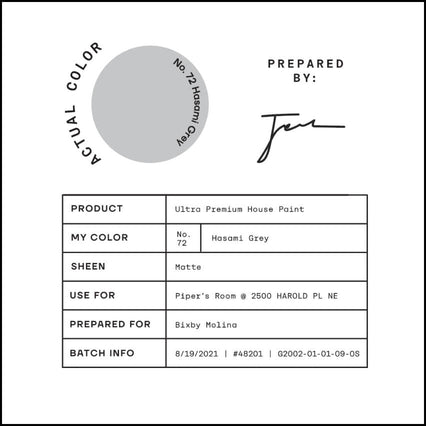Colors have a unique way of speaking to our emotions, subtly weaving themselves into the fabric of our lives
From the warm embrace of a golden sunset to the soothing calm of an azure sea, colors can profoundly impact our moods and emotions. Come explore how different colors can elicit a wide range of emotional responses.
While the emotional impact of colors can be somewhat subjective, certain patterns and associations have emerged over time and across cultures. Let's take a closer look at some commonly associated emotions with specific colors:
Colors paint our world in a symphony of hues, evoking feelings and sensations that words often fail to capture.
Blue
Serene and calming, blue is frequently associated with feelings of tranquility and peace. It can inspire a sense of trust and reliability, which is why many corporations use it in their logos and branding. Additionally, blue is often linked to introspection and wisdom, as it mirrors the vastness of the sky and the depth of the ocean.
Red
This vibrant and attention-grabbing color is often linked to strong emotions such as passion, love, and anger. It can evoke a sense of urgency and excitement, but also symbolizes danger and warning. Red has the power to increase heart rate and stimulate adrenaline, making it a popular choice for attention-grabbing signs and advertisements.
Yellow
The color of sunshine, yellow exudes warmth, optimism, and happiness. It can uplift spirits and promote feelings of joy and cheerfulness. However, excessive yellow may lead to feelings of anxiety or unease, as it can be overpowering if not balanced with other colors.
Green
As the color of nature, green is synonymous with growth, renewal, and harmony. It is known for its calming effect and is associated with balance and stability. Green also symbolizes fertility and abundance, further reinforcing its positive connotations.
Orange
A color of energy and enthusiasm, orange radiates warmth and vibrancy. It sparks feelings of excitement and vitality and can be used to draw attention to specific elements. Like red, it can also stimulate appetite, making it a popular choice for restaurants and food-related branding.
Purple
Often associated with royalty and luxury, purple evokes feelings of elegance, mystery, and creativity. It combines the calm stability of blue with the passionate energy of red, making it an intriguing and enigmatic color.
Interior designers use colors strategically to create specific atmospheres in homes and public spaces.
Black
Symbolizing sophistication and power, black can evoke feelings of mystery, elegance, and authority. However, it can also be associated with sadness or mourning, depending on cultural contexts.
White
Often seen as a symbol of purity and innocence, white represents cleanliness and simplicity. It can evoke feelings of peace and clarity and is commonly used in minimalist designs.
Artists and filmmakers leverage the emotional resonance of colors to enhance storytelling and evoke a deeper connection with the audience.
Culture and Context
While the emotions associated with colors are not entirely universal, they can be influenced by cultural and personal experiences. For example, in Western cultures, white is often linked to purity and weddings, whereas, in some Eastern cultures, it is associated with mourning.
Moreover, individual experiences and preferences play a significant role in how colors affect our emotions. A color that sparks joy in one person may evoke entirely different emotions in another.
Harnessing the Power of Colors
Understanding the emotional impact of colors can be advantageous in various aspects of life. In marketing and branding, choosing the right color palette can influence consumer perceptions and purchasing behavior. Interior designers use colors strategically to create specific atmospheres in homes and public spaces. Additionally, artists and filmmakers leverage the emotional resonance of colors to enhance storytelling and evoke a deeper connection with the audience.
Colors possess the extraordinary ability to transcend language barriers and communicate with our emotions on a profound level. They infuse life with meaning, enrich our experiences, and add depth to the world around us. Whether we realize it or not, colors continuously influence our moods and emotions, painting the canvas of our lives with an exquisite array of feelings. By understanding the language of colors, we can harness their power to create meaningful and impactful experiences that resonate with ourselves and those around us. So, let's embrace the vibrant symphony of colors and allow them to color our emotions in the most beautiful ways imaginable.
Colors infuse life with meaning, enrich our experiences, and add depth to the world around us. Whether we realize it or not, colors continuously influence our moods and emotions, painting the canvas of our lives with an exquisite array of feelings.






















